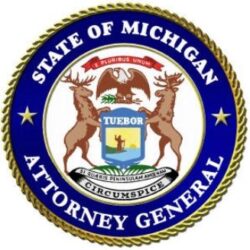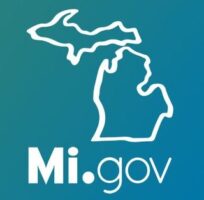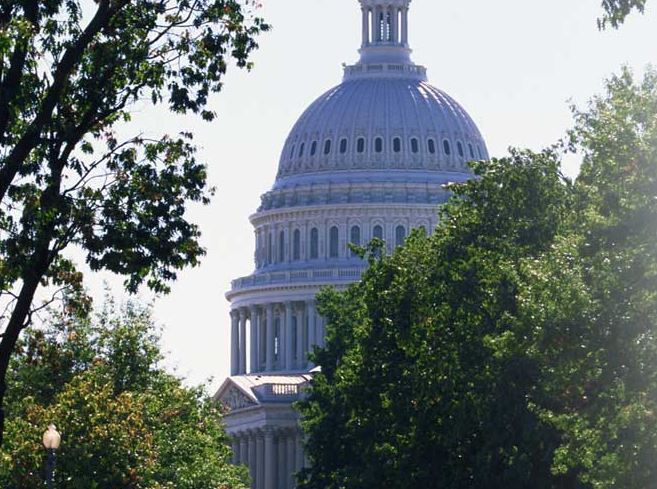Ramp reconstruction and recycling operations to close southbound I-75 exits
FOR IMMEDIATE RELEASE THURSDAY, MAY 7, 2020
CONTACT: Rob Morosi, MDOT Office of Communications, MorosiR@Michigan.gov
Ramp reconstruction and recycling operations to close southbound I-75 exits to Big Beaver and Rochester roads
Fast facts: – Starting Saturday morning, crews will close the temporary southbound I-75 exits to Big Beaver and Rochester roads. – The ramp closures are needed for reconstructing the southbound I-75 exit ramps and for recycling operations at the ramp to Rochester Road. – Southbound I-75 exits at Square Lake, Adams and 14 Mile roads will remain open.
May 7, 2020 — Michigan Department of Transportation (MDOT) contracting crews will be closing the temporary southbound I-75 exits to Big Beaver and Rochester roads starting at 5 a.m. Saturday, May 9. Both ramps will be reconstructed. The Big Beaver Road ramp is expected to remain closed until mid-June. During the ramp closure, traffic will be detoured to 14 Mile Road.
The temporary Rochester Road exit ramp is being closed for reconstruction and recycling operations. The existing southbound freeway pavement is being removed and crushed for use as the new sub-base. The Rochester Road exit ramp is scheduled to be closed until mid-August. During the ramp closure, traffic will be detoured to 14 Mile Road.
Currently, both directions of I-75 have two lanes open with all traffic using the northbound side of the freeway, separated by a temporary concrete barrier, between Adams and 13 Mile roads. Motorists will be able to exit southbound I-75 at Square Lake, Adams and 14 Mile roads.
Follow I-75 modernization progress on the web at www.Modernize75.com, or follow on Facebook at www.facebook.com/Modernize75 or on Twitter at www.twitter.com/Modernize75.
ESSENTIAL WORK: This road construction project is an essential function. Transportation workers in the field follow Centers for Disease Control guidelines to limit their risk of getting sick. |






